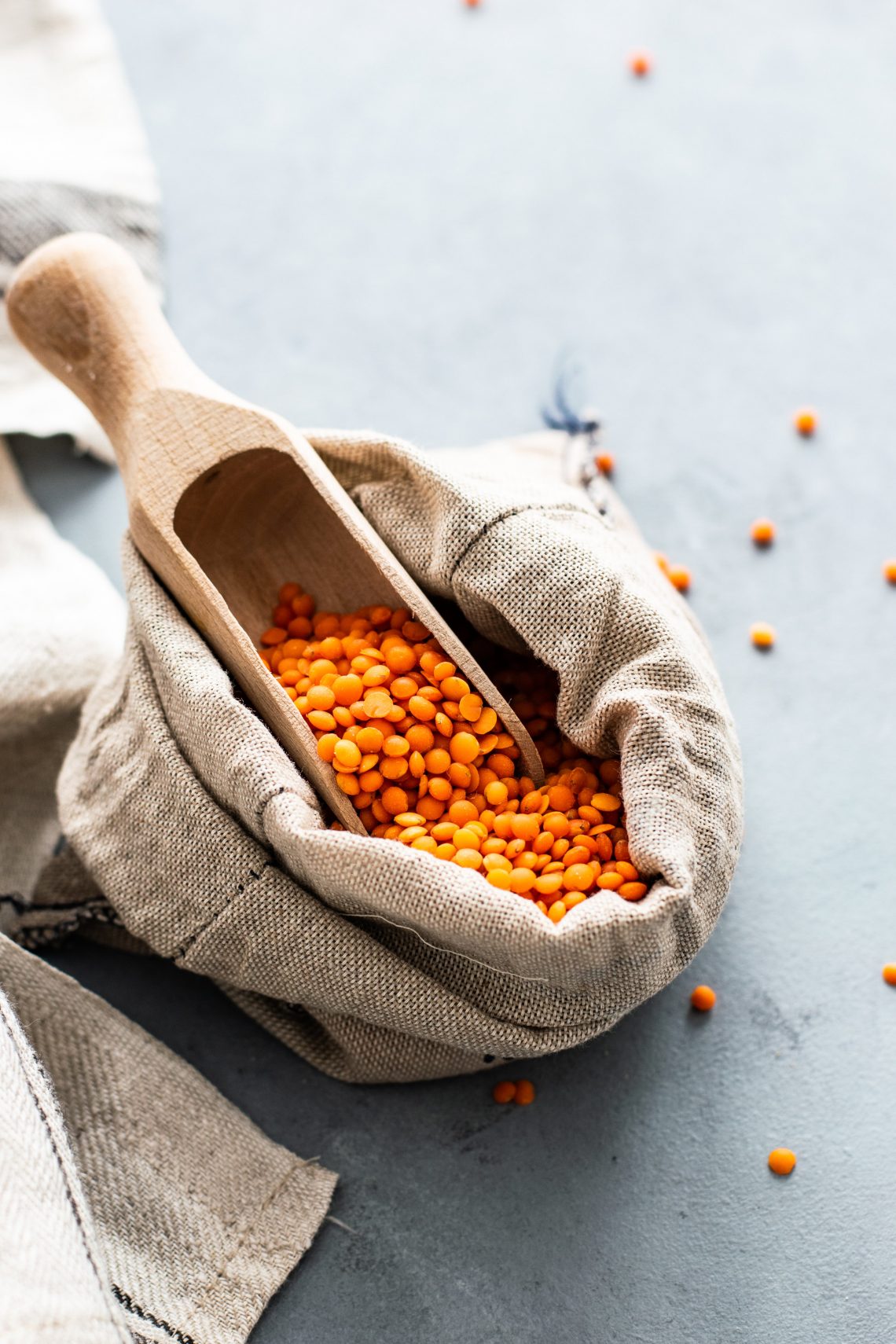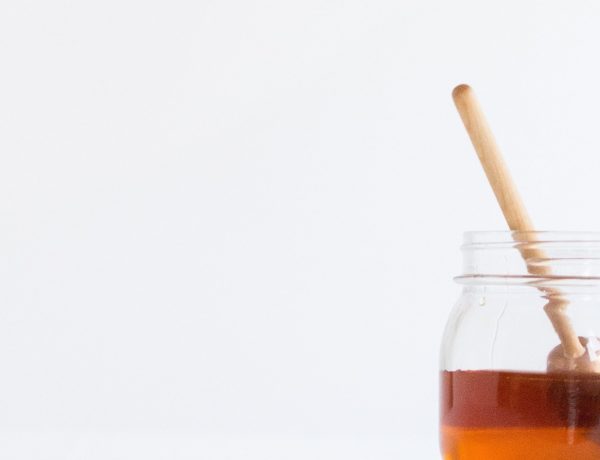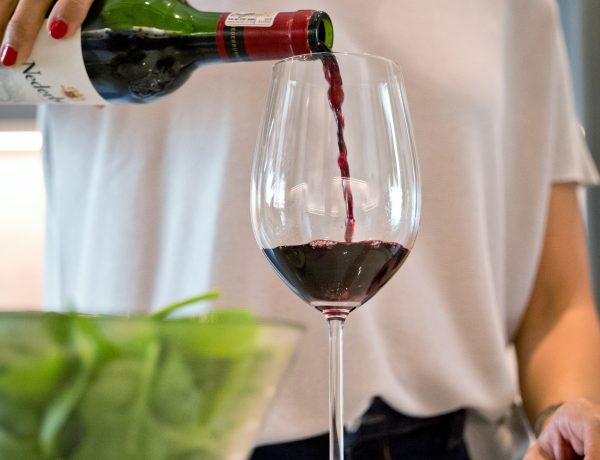Your guide to prepping legumes & lentils
Legumes, in general, have gotten a bad wrap, but if prepared properly, they can be a great source of plant-based protein
“Suggesting that we shouldn’t eat cooked legumes because raw legumes cause disease is like saying that we shouldn’t eat cooked chicken because we can get Salmonella from eating raw chicken.” – Chris Kresser

Preparing Lentils and Legumes is simpler than you think!
For simplicity, I will be referring to Legumes and lentils as simply beans!
Beans are a wonderful part of a balanced diet and can be a good plant-based protein source if prepared correctly. The problem with beans is they can be difficult to breakdown which impairs digestion and prevents nutrient absorption. The phytic acid in beans also binds to minerals in the gastrointestinal tract and can lead to mineral deficiencies.
These few tips, if implemented, can aid in optimizing the digestion of beans.
Storage
I suggest using dried beans instead of canned beans in order to avoid extra sodium, additives, and chemicals from cans. It takes a little preparation but can be quite easy once you’ve developed the habit. It’s also more cost-effective.
If using dried beans store them in an airtight container and be sure to use them within 6months. After this, many beans become very hard and no amount of cooking will soften them.
Choose the right beans:
Some variates are more difficult to digest than others. If you’re sensitive start with aduki beans, red lentils, mung beans, chickpeas, and peas. Avoid cooking with lima beans, navy beans, and soybeans as they are the hardest to digest.
Preparation:
Whether you’re using canned or dry beans rinse them thoroughly. When using dry beans, you will need to soak them.
Here is the simple way I soak beans.
- Use a 4 to 1 ratio of water to beans.
- Soak them for 10-24 hours in warm water with an acid added in (keep them covered).
- For acid, I use lemon juice or apple cider vinegar and add 2 Tbsp for every 1 cup of beans.
- After soaking, I drain and rinse the beans and then cook them according to my recipe.
In general, I like to use the rule “bigger beans need more hours”. I usually know if I am going to make beans the next day so I just set them t soak the night before and forget about them until I’m ready to cook.
If you ask me, soaking any dried beans in plain water overnight is better than not soaking at all.
Cooking Spices:
Certain Spices can aid in the digestion of beans as well. You will often find in Eastern cuisine the addition of spices such as cumin, fennel, ginger, turmeric, and asafoetida used when cooking beans.





